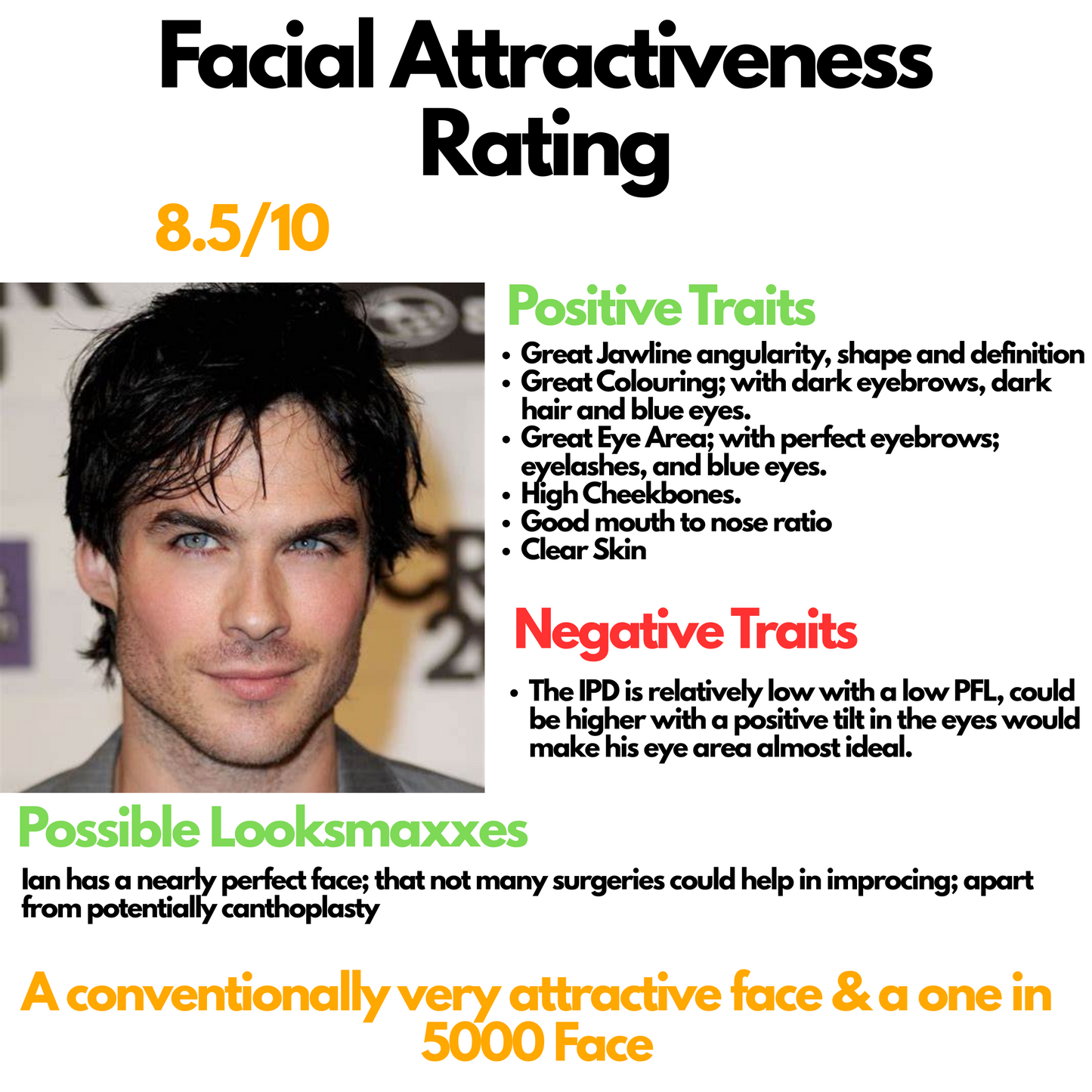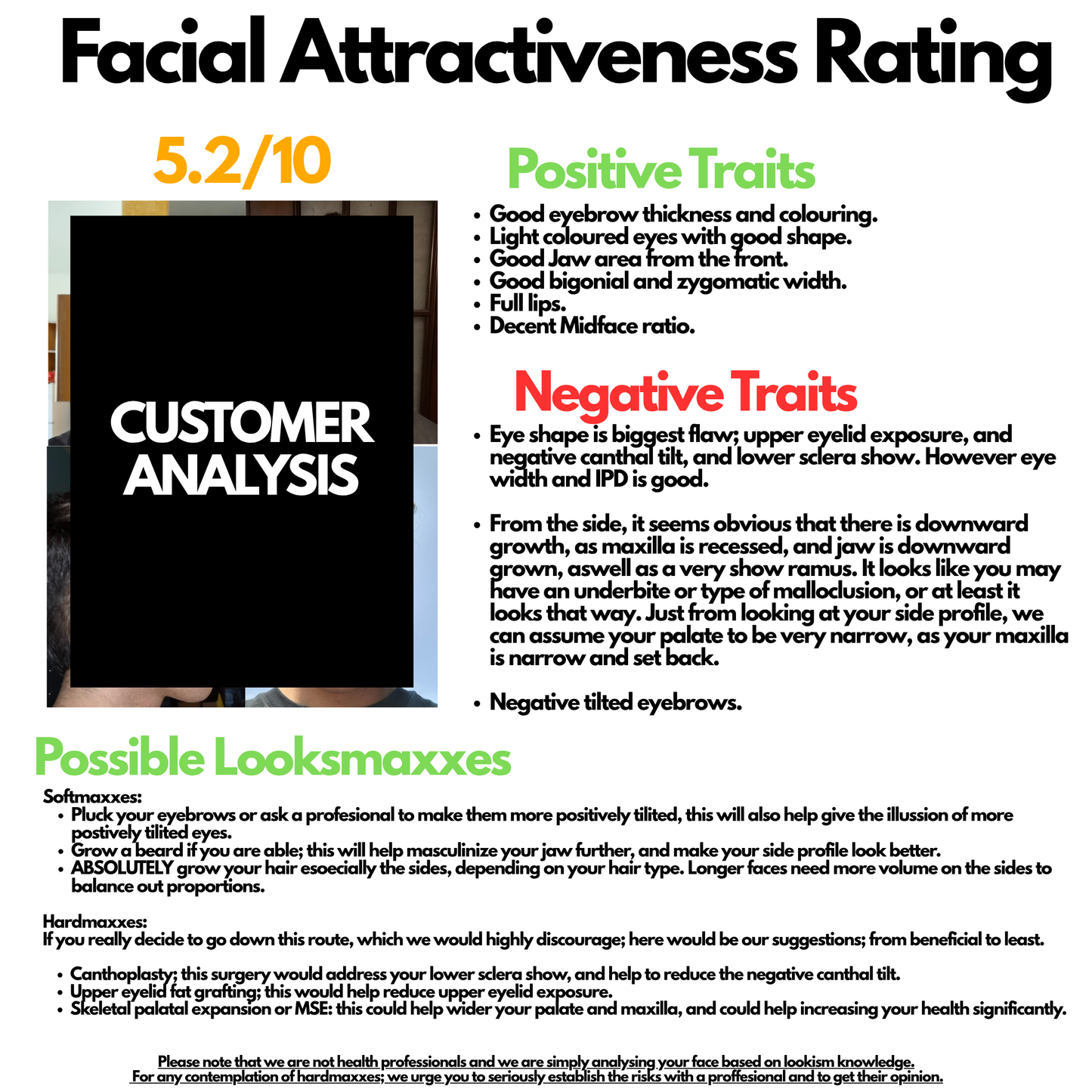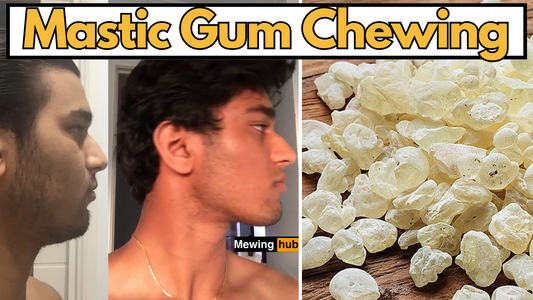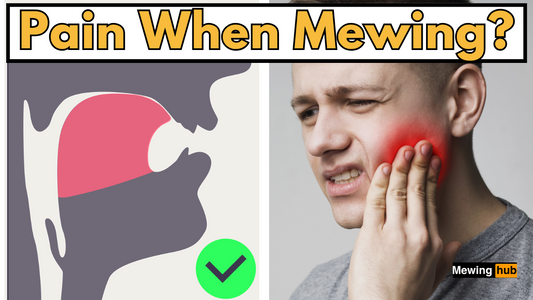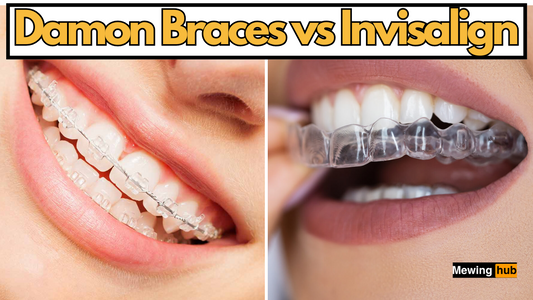How Mewing Changes Your Face: The Science and Benefits
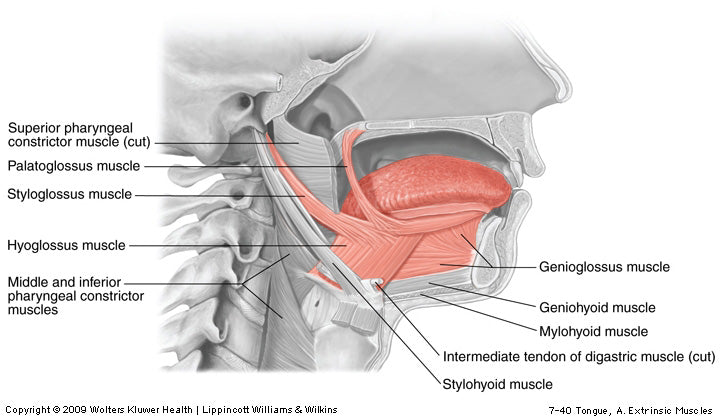
Share
Mewing, the practice of maintaining proper tongue posture, has gained widespread attention as a natural way to enhance facial aesthetics.
But how does mewing change your face? From improving jawline definition to enhancing cheekbone prominence, mewing is believed to influence facial structure over time.
This article explores the science behind mewing and how it can transform your face.
What is Mewing?
Mewing is a technique that involves resting your entire tongue against the roof of your mouth while keeping your lips closed and breathing through your nose.

The goal is to apply consistent pressure to the palate, which proponents believe can influence the alignment and positioning of facial bones over time.Dr. John Mew, an orthodontist, popularized this technique as part of orthotropics—a field focused on guiding natural facial growth through proper oral posture.
By practicing mewing consistently, individuals aim to achieve a more defined jawline, higher cheekbones, and improved facial symmetry.
How Does Mewing Change Your Face?
Mewing changes your face by influencing the position of key facial bones and muscles.
Here’s a breakdown of its effects:
1. Improves Jawline Definition
One of the most noticeable changes from mewing is a sharper, more defined jawline. By pressing the tongue against the roof of the mouth, you engage muscles like the masseter and hyoid muscles under the chin. This consistent engagement can reduce the appearance of a double chin and create a more sculpted jawline over time.
2. Enhances Cheekbone Prominence
Mewing exerts upward pressure on the maxilla (upper jaw), which can lift and project the cheekbones forward. This movement contributes to a more contoured and model-like appearance with pronounced cheekbones and hollow cheeks.
3. Promotes Facial Symmetry
By maintaining proper tongue posture, mewing helps align the jaw and midface, potentially correcting minor asymmetries over time. This improved alignment can make your face appear more balanced and harmonious.
4. Encourages Forward Growth of the Maxilla
Mewing may encourage forward growth of the maxilla, which improves overall facial structure by reducing a recessed jaw or flat midface appearance. This forward movement can also enhance nasal breathing by expanding the airway space.
5. Slims Down Puffiness in the Face

Proper tongue posture promotes nasal breathing over mouth breathing, which can reduce puffiness in the cheeks caused by poor oral posture or fluid retention.
Not only that but proper swallowing when mewing reduces the uses of the buccinator muscles which are you cheek mucles. This reduces the size of these muscles which make your cheek look slimmer.
Combined with weight management, mewing may help slim down your face for a more defined look.
The Science Behind Mewing’s Effects on Facial Structure

The theory behind how mewing changes your face is rooted in principles like Wolff’s Law, which states that bones adapt to stress over time by remodeling themselves to better accommodate applied forces. When you consistently press your tongue against your palate:
- The maxilla may shift upward and forward due to sustained pressure
- Bone remodeling could occur gradually under consistent force
- Improved muscle tone supports better facial structure
While anecdotal evidence abounds online with before-and-after transformations, scientific studies on mewing remain limited. Most experts agree that younger individuals with malleable bones are more likely to see significant changes compared to adults whose bone structures are less adaptable.
How Long Does It Take for Mewing to Change Your Face?

The timeline for seeing results from mewing varies depending on factors like age, genetics, and consistency:
- Children & Teenagers: Visible changes may occur within months due to their malleable bone structure.
- Young Adults (18–25): Results may take 6 months to 2 years as bones are still somewhat adaptable.
- Adults (25+): Changes may take several years and are often subtler due to reduced bone plasticity.
Consistency is key—mewing must be practiced daily for extended periods to achieve noticeable results.
Tips for Effective Mewing Practice
To maximize how mewing changes your face:
-
Perfect Your Tongue Posture
- Rest your entire tongue (not just the tip) against the roof of your mouth.
- Keep lips closed but relaxed.
- Ensure teeth are lightly touching or slightly apart.
-
Focus on Nasal Breathing
- Breathe through your nose at all times to support proper oral posture.
-
Incorporate Proper Swallowing Techniques
- Use your tongue rather than cheek muscles when swallowing.
- Avoid engaging buccinator muscles (cheek muscles) excessively.
-
Be Consistent
- Practice mewing throughout the day until it becomes second nature.
- Use reminders or apps if needed to maintain proper posture.
-
Combine with Healthy Habits
- Maintain a balanced diet and healthy weight.
- Incorporate chewing exercises with tougher foods to strengthen jaw muscles.
Common Challenges When Starting Mewing
Many beginners experience challenges like:
- Excess saliva production (temporary as your body adjusts)
- Difficulty maintaining correct tongue posture for long periods
- Jaw or muscle fatigue during initial practice
These issues usually resolve with time and consistent effort.
Complementary Practices to Enhance Results
While mewing alone can lead to noticeable changes, combining it with other practices can amplify results:
- Facial Exercises: Target specific muscles around the jawline and cheeks for added tone.
- Chewing Hard Foods: Strengthen jaw muscles naturally by incorporating tougher foods into your diet.
- Posture Improvement: Maintain good head and neck alignment to support overall facial development.
Limitations of Mewing
It’s important to set realistic expectations when practicing mewing:
- Results are gradual and require long-term commitment.
- Genetics play a significant role in determining facial structure.
- Significant changes may be less likely in adults compared to younger individuals.
While mewing can enhance existing features, it cannot completely alter inherent bone structure or replace medical interventions for severe orthodontic issues.
Conclusion: Embrace Gradual Transformation Through Mewing
So, how does mewing change your face? By promoting proper tongue posture, this technique has the potential to enhance jawline definition, cheekbone prominence, and overall facial symmetry over time. While results vary based on individual factors like age and consistency, many practitioners report noticeable improvements with diligent practice.
Remember that patience is key—mewing is not a quick fix but a long-term commitment toward better oral posture and facial aesthetics. Combine it with complementary habits like facial exercises and healthy living for optimal results.Start practicing today and take one step closer toward achieving a naturally sculpted face!






